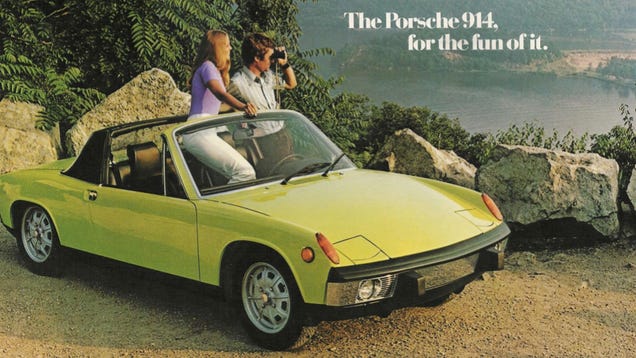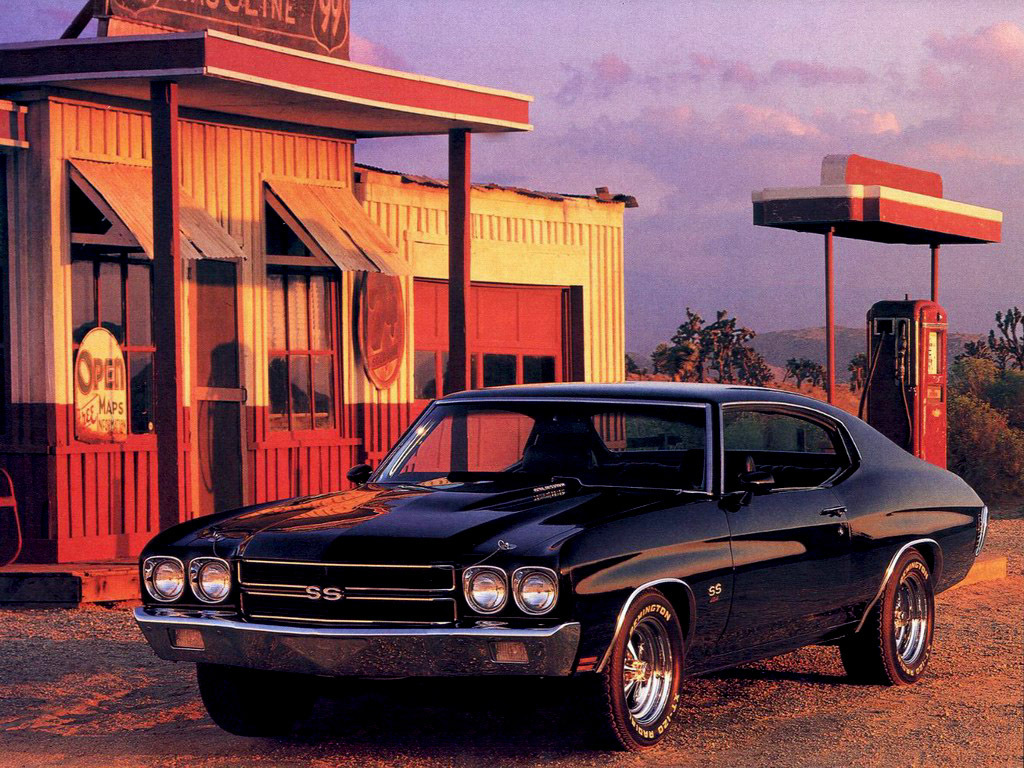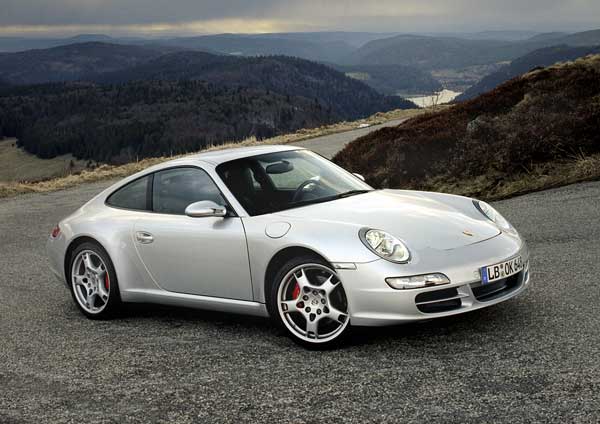Value is a very fluid concept. Is value to be measured in dollars or time? Most humans value freedom or peace, but could not place a fiscal sum on these ideas. There is even the generic construct of having values in order to be a good person. Value as an idea, therefore, is easily understood, but difficult to define. As Supreme Court Justice Potter Stewart said about pornography “I can't define it, but I know it when I see it.”
Wishing to steer clear of the endless bog of philosophy, I find the discussion of values fascinating. For instance, most people value gasoline higher than water, even though it is easy enough to find water that is many times more expensive than gasoline. If there were a few bottles of water rolling around in the floorboard of your car, you would happily throw them away just to rid yourself of the annoyance of detritus at your feet. Had it been an equal volume of gasoline, nobody would just toss it, bottles of gasoline would be valued as a fuel, and put to use as such. Ignoring for a moment the disturbing image of gasoline rolling around in the floor of your car, of the two, water is the much more valuable commodity. Gasoline has shockingly few uses, while water is essential to life. Why is gasoline valued more than water, even if it is less expensive? Maybe because water falls freely from the sky, or gurgles through pipes to fill your toilet, while gasoline must be purchased before it is even delivered by a rigid, precise metering dispenser. Water is a utility, over which nobody can muster much excitement. Gasoline, on the other hand, is quite literally potential energy. It could be a night out with your significant other, or a flight over the Grand Canyon, or even the beginning of a violent revolution to overthrow an evil dictator. Water is essential to life, was responsible for the development of the Homo sapien, is very fun to swim in, and yet is generally not considered a commodity worth getting excited about.
Water is not the only value we have all upside down and backwards. The values of classic cars can also be counted on for a bit of head scratching. A few years ago, classic cars were much more affordable than they are now. There were a few good Ferrari's in the $30-$40K range. Any old Asian coupe was cheap. Jeeps, Broncos, and Scouts were a dime a dozen. An Alfa Romeo GTV was a focal point of fear and loathing by mechanics and owners alike, and was certainly not considered a collectible. An air cooled 911 was easily accessible to anybody who could stand to be seen in it. Now nothing I mentioned above can be purchased for anything like reasonable money. Even the Jaguar XJS, the long suffering butt of many a Lucas ignition joke, has risen in value to the point it is not practical to restore one to drive any more. A prime example of the inexplicable trends of auto collecting is the Porsche / VW 914. The 914 was developed by VW in the late 60's, it had a VW engine and transmission, and was sold as a VW in most countries. Porsche contributed to the design, and sold the car as an entry level Porsche in the US. Until recently, a good 914 would bring $2-$4K while a basket case 914 was literally worthless. Now, the 914 is a collector car, bringing 10 to 100 times the money it would have only a few years ago. The car has not changed, but its value certainly has.
These trends leave me with a troubling choice. I prefer classics to modern cars, and until recently, could fiscally justify such a purchase. Now, not only has the purchase price risen, but my modifications would reduce the value of the finished car compared to an original restoration, resulting in a negative value double-whammy. If I wanted a classic now, it would be unwise to change it to suit my tastes.
I would enjoy a classic car, but my investment would equal or surpass many very neat modern cars. For instance, a decent MGB-GT can be found for $4-$6K, but would require another $5-$6K in restoration and modification to be a car I would enjoy. At that level of investment, a Mustang GT or Honda S2000 becomes available, neither of which would require restoration. Would I enjoy the restoration and use of the MGB-GT more than a Boxster S with some cool wheels, or a 2008 Bullitt Mustang? I truly do not know. I would like to think I am a purist, with noble intentions, and would save a MKII Supra before buying a used BMW, but is it practical to do so?
Maybe I should take a more enigmatic view on car value. It is very difficult to make a profit on cars, even though many people try. All modern cars depreciate, which makes it easy for me to purchase a modern Porsche Boxster S, for instance. Once a car has lost its initial value, depreciation levels off. Classic cars tend to hold value once they are at a certain point. Generally, a classic will lose less value over a given time period than a modern car, but will require considerably more maintenance, negating its value somewhat. Factor in the cost of modification, and it is actually more sensible to buy a modern car that has depreciated than create a car I really want. But what good does it do to purchase a modern car that I will never be satisfied with when I could build a car I will love for roughly the same money?
I suppose time will tell. For now, my little Honda is reliable and enjoyable. It is old enough to be considered a classic by my insurance company, and I like it. I work too much to seriously consider restoring a car, so the purchase of any fun vehicle is being deferred until my circumstances change. I don't want to be one of those old men with a half finished classic in the garage. In fact, I don't want to be an old man at all, but some things can not be avoided.



































